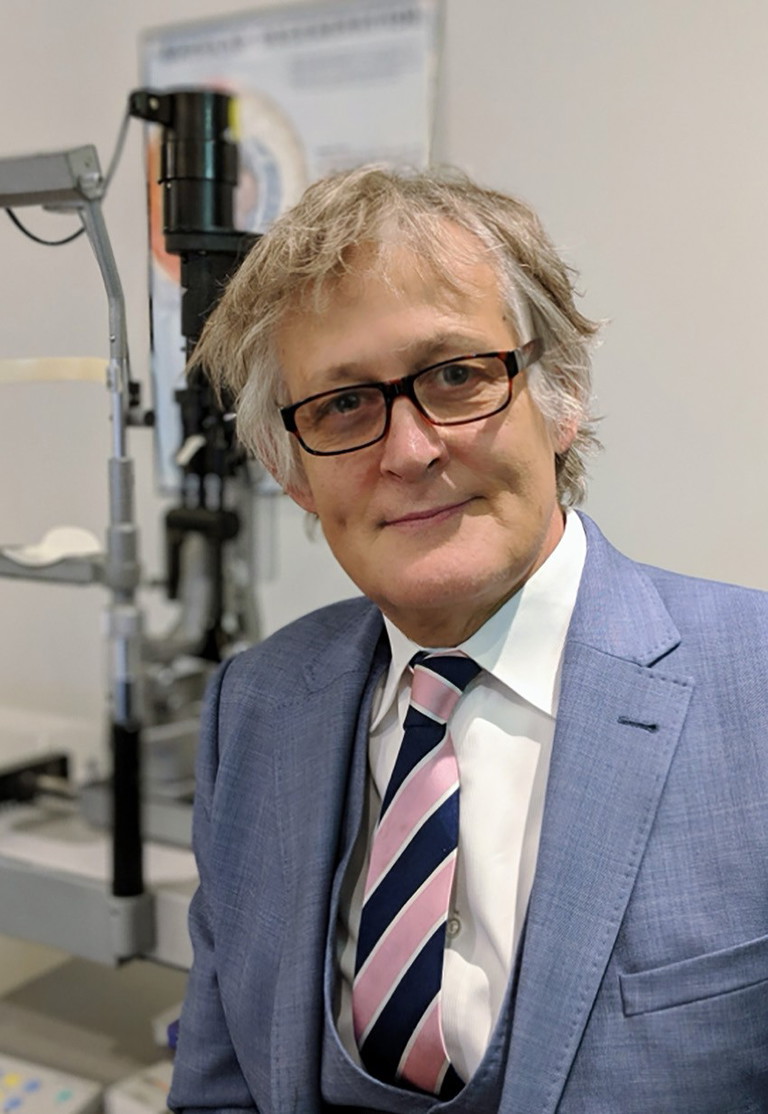MDFA Invests $1M in Macular Disease Research
Macular Disease Foundation Australia (MDFA) is awarding more than AU$1 million to eight groundbreaking research projects as part of its 2025 funding round.
“We’re proud to extend our support for research that could redefine how macular diseases are diagnosed, treated, and ultimately prevent blindness – delivering real-world benefits for ophthalmologists, optometrists, and, importantly, people living with a macular disease,” said MDFA CEO, Dr Kathy Chapman.
“These projects have the potential to change lives, not just here in Australia, but globally.”
The new funding brings MDFA’s total research investment to $6.9 million across 42 projects since the launch of its research grants program in 2011. MDFA remains the largest nongovernment funder of macular and retinal disease research in Australia.
“This funding round also marks a significant step toward our goal of doubling the number of research projects we support by 2030. We’re empowering Australian researchers to lead the way in tackling macular disease,” Dr Chapman said.
2025 RESEARCH GRANT RECIPIENTS
Dr Sushma Anand, Centre for Eye Research Australia. Dr Anand and her team will explore how exosomes – tiny, naturally occurring ‘delivery vehicles’ – can be used to transport medicines and genes directly to the cells in the eye. The research is targeted at Stargardt disease, an inherited eye condition that affects about one in every 10,000 people in Australia, and macular telangiectasia type 2 (MacTel), which is caused by abnormal blood vessels around the fovea.
Professor Erica Fletcher, University of Melbourne. Prof Fletcher and her team will investigate reticular pseudodrusen, a type of waste material that deposits on the macula, that is associated with increased risk of late-stage AMD.
The researchers plan to create a special type of cell called microglia, a type of immune cell in the retina, from blood samples of people with and without AMD. It’s hoped that identifying compounds that best improve waste removal in microglia will lead to future treatments.
Professor Mark Gillies, Save Sight Institute. The goal of Prof Gillies’ project is to discover which of the six currently available anti-VEGF eye injection treatments for neovascular AMD are least likely to lead to macular atrophy or scarring beneath the macula. The findings from this study may guide treatment choices and provide valuable insights into the long-term risks of emerging AMD treatments.
Professor Robyn Guymer AM, Centre for Eye Research Australia. Prof Guymer’s project aims to determine how nocturnal hypoxia (low night-time blood oxygen levels) in people with neovascular AMD (nAMD) compare to similarly aged people without AMD. The findings could confirm whether nocturnal hypoxia is a previously unknown risk factor for nAMD, which would then allow screening and treatment of people to lower their risk of AMD progression.
Dr Samuel McLenachan, Lions Eye Institute. Dr McLenachan is researching PRPH2-associated retinal dystrophy (PARD), studying variations in the PRPH2 gene, along with other related genes, to determine how the different mutations influence the clinical features of retinal dystrophy. PARD is the third most common inherited retinal disease in Western Australia.
Dr Danuta Sampson, Lions Eye Institute. Dr Sampson and her team of collaborators aim to standardise the computer software used to analyse optical coherence tomography angiography (OCT-A) images, to enable faster, more accurate and consistent image processing and diagnosis reporting, and facilitate data sharing.
Dr Jiang-Hui (Sloan) Wang, Centre for Eye Research Australia. Dr Wang’s research focusses on overcoming a major challenge in gene therapy for Stargardt disease: safely and efficiently delivering the large ABCA4 gene to the retina to repair the faulty gene involved in causing Stargardt disease.
Professor Joanne Wood, Queensland University of Technology. Prof Wood is investigating how modern vehicle technologies, such as Advanced Driver Assistance Systems, and conditional licensing options may enable some people with macular disease to drive safely for longer.
To learn more about MDFA’s research grants program visit: mdfoundation.com.au.

Professor Mark Gillies